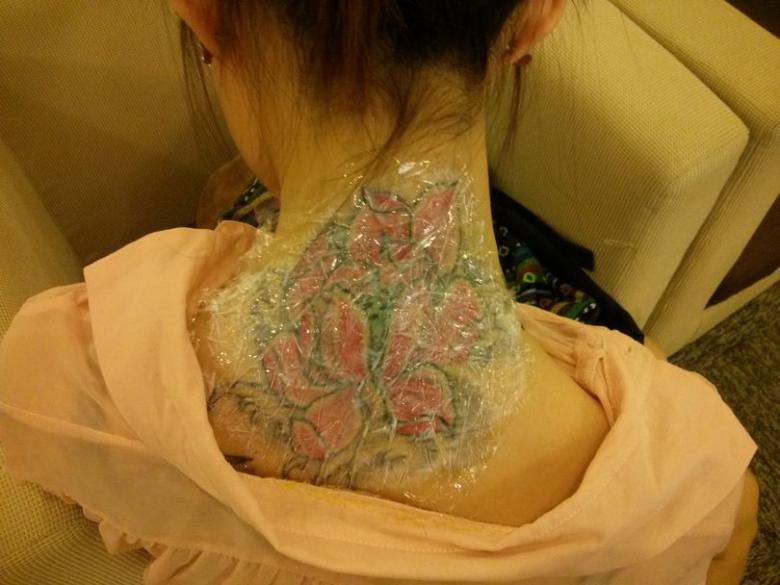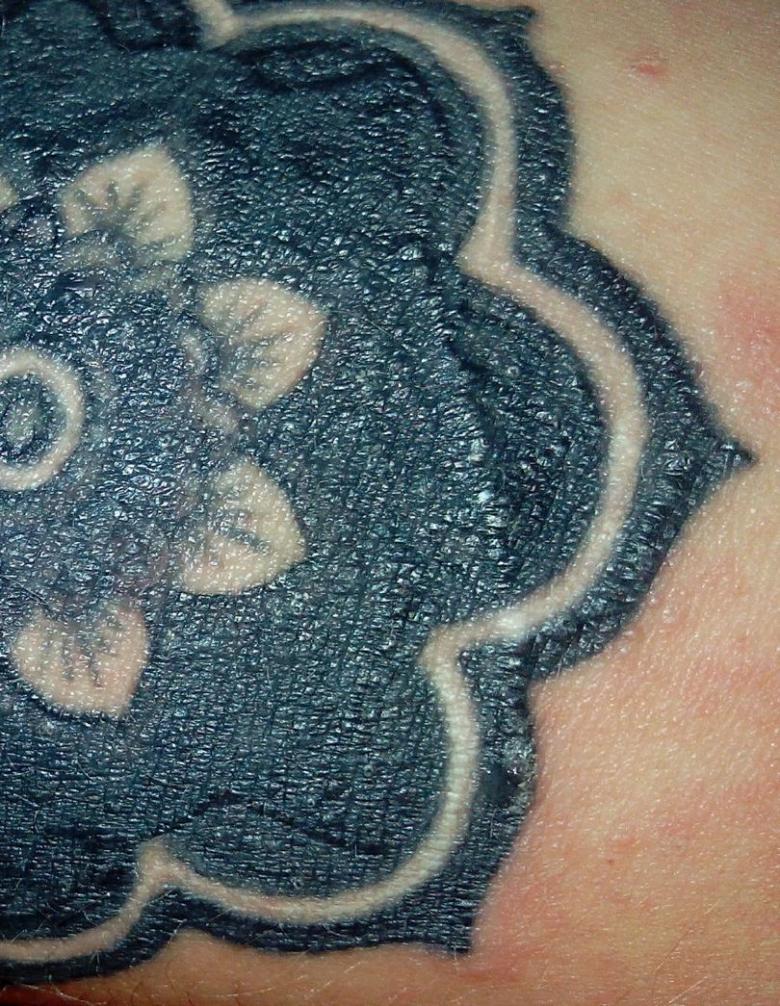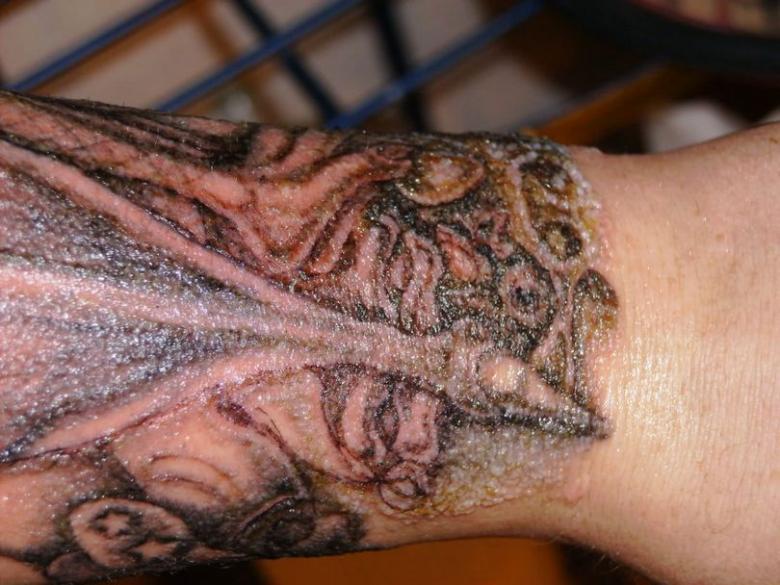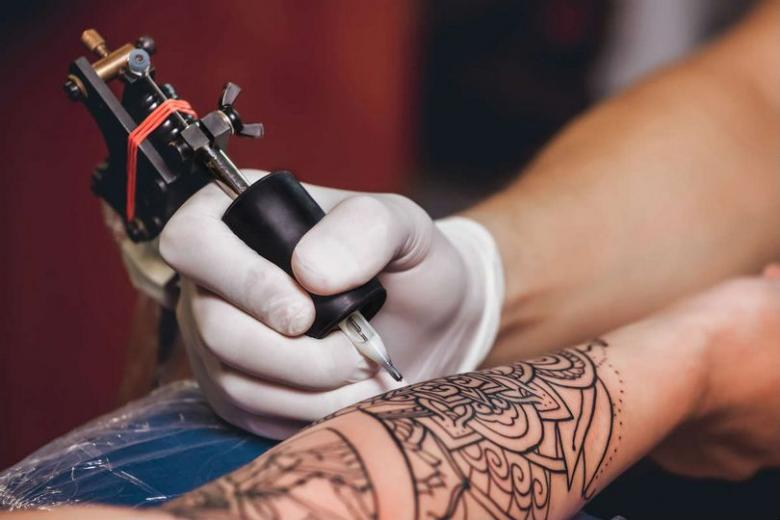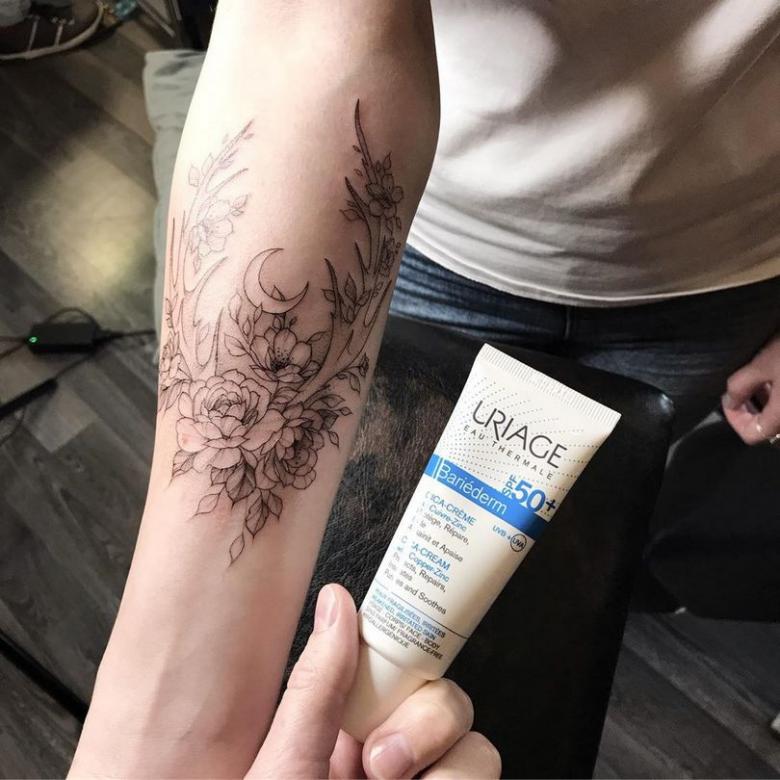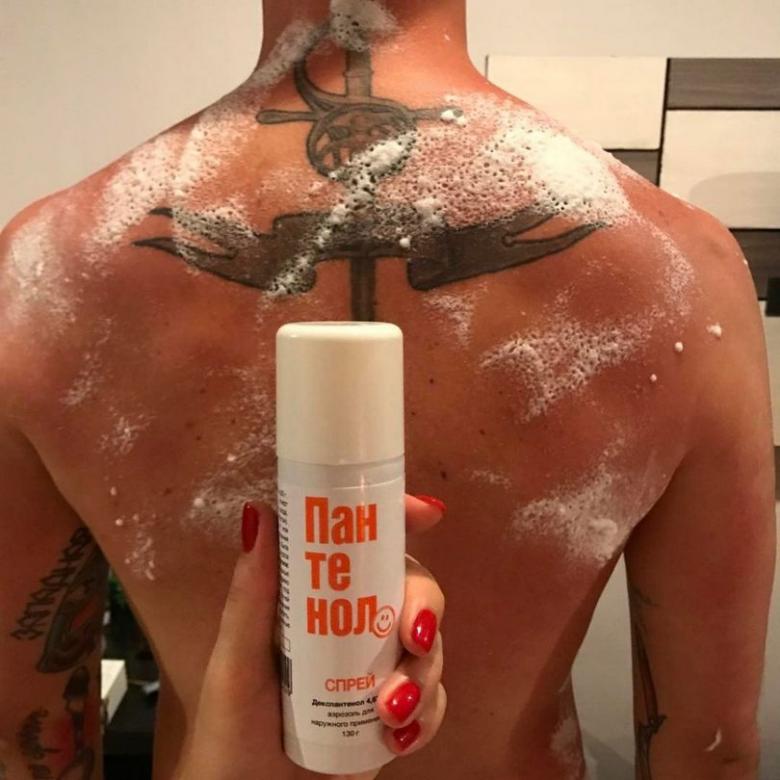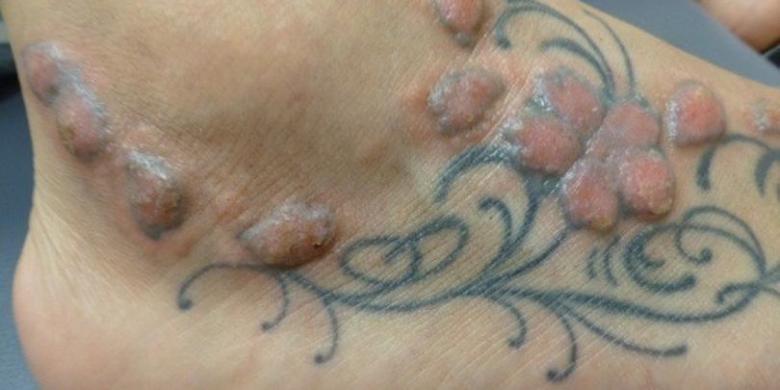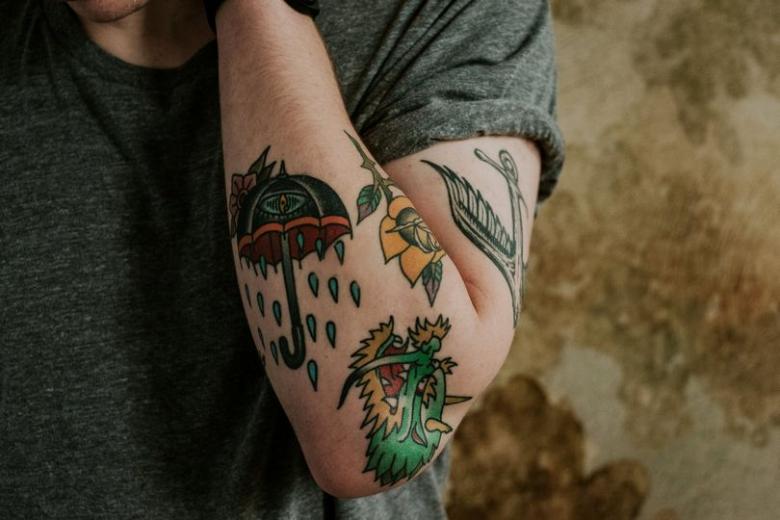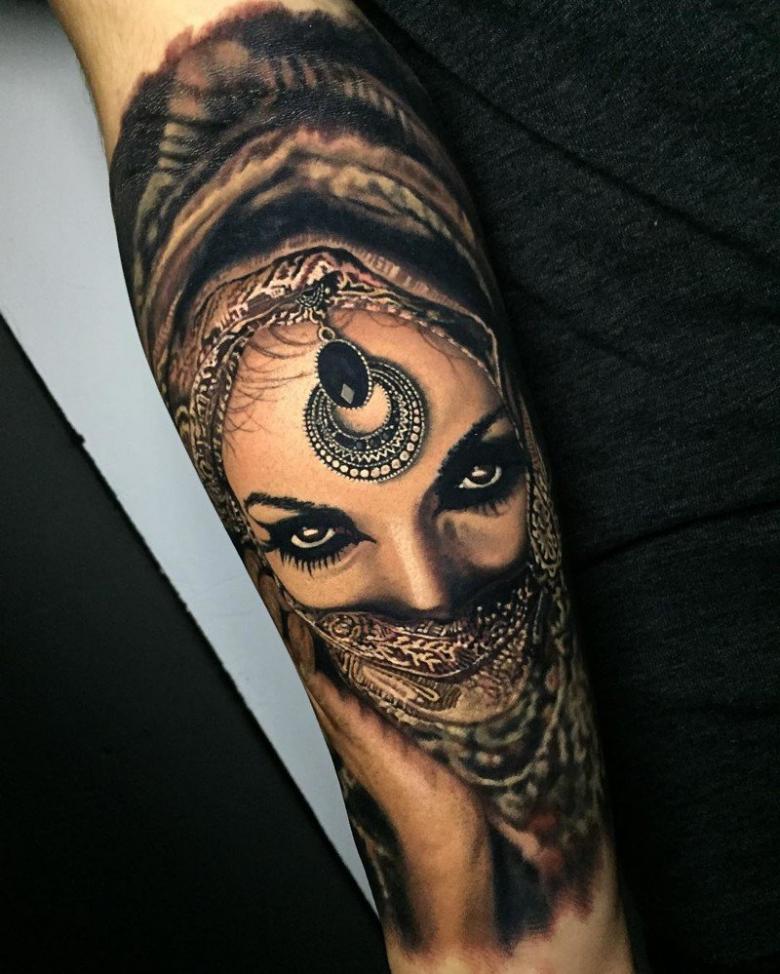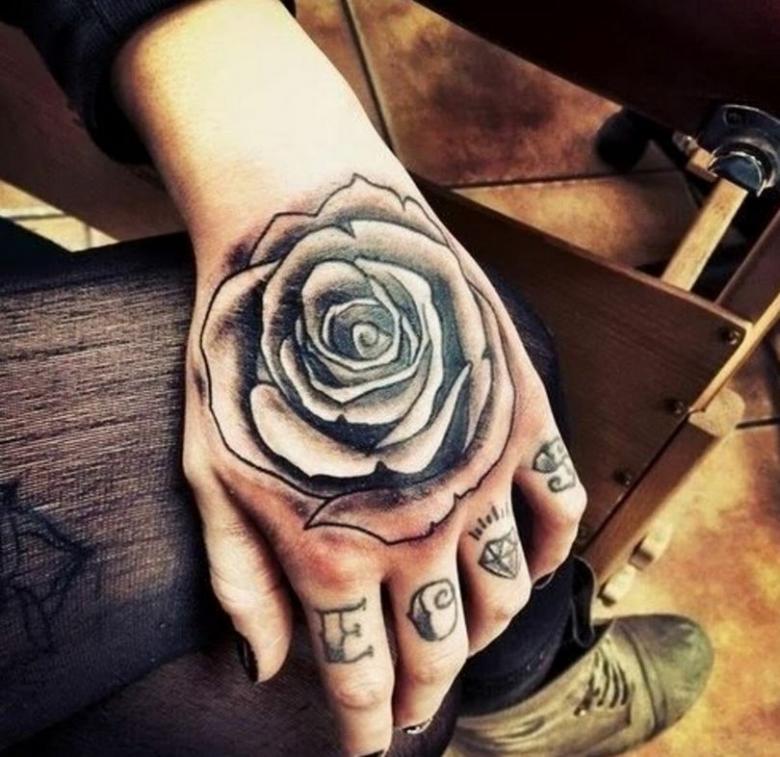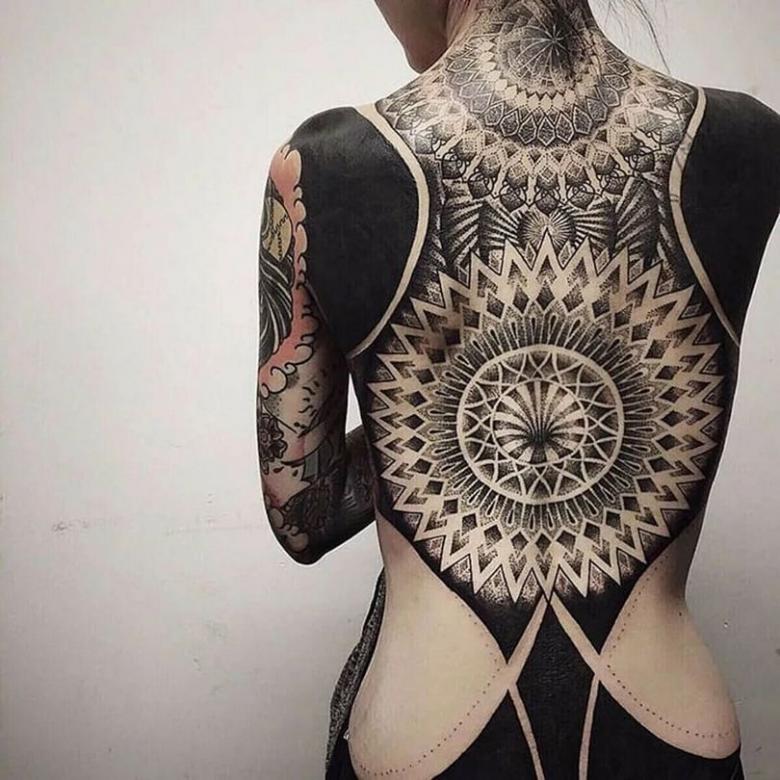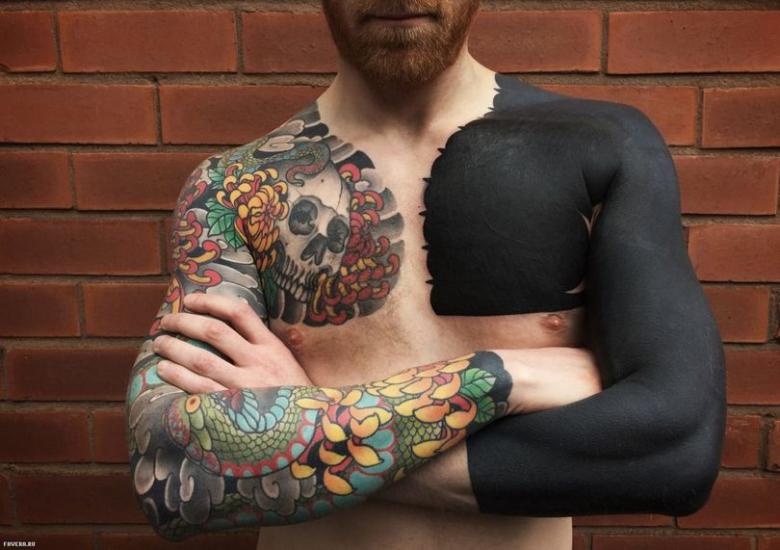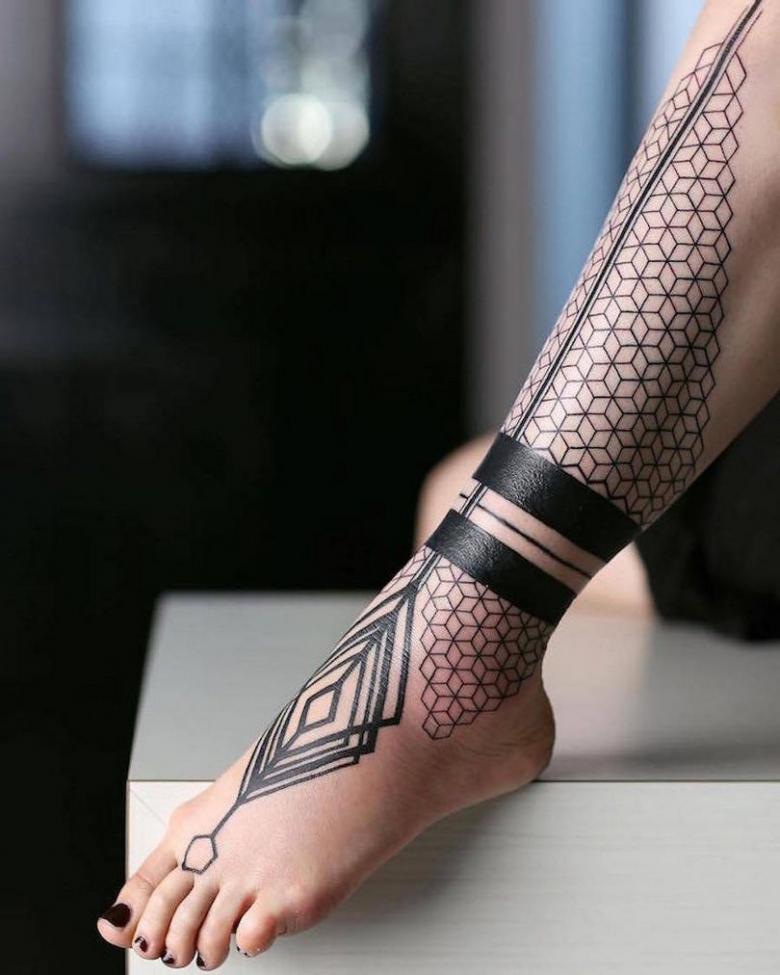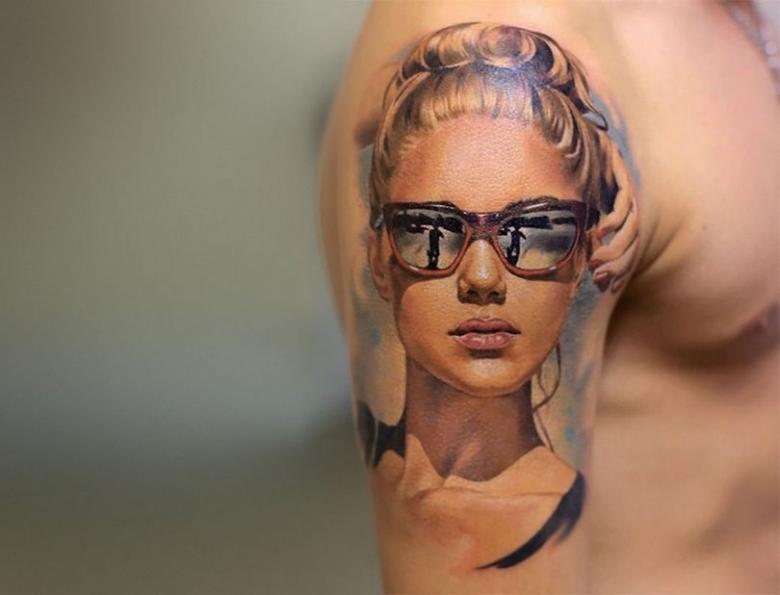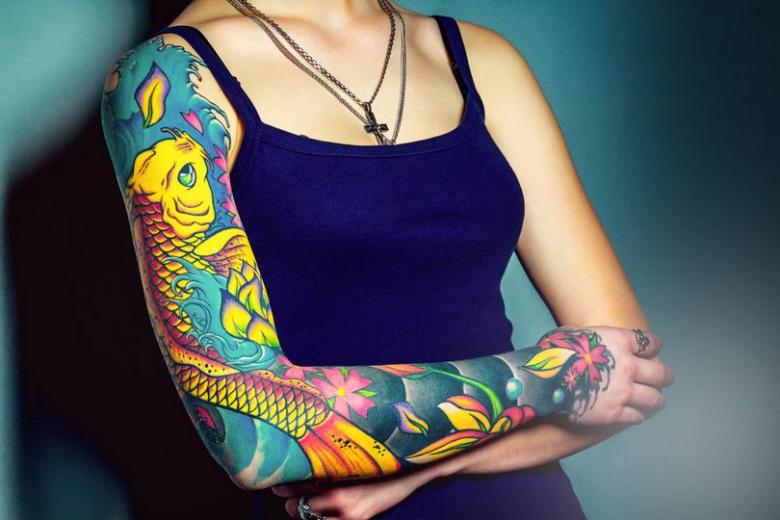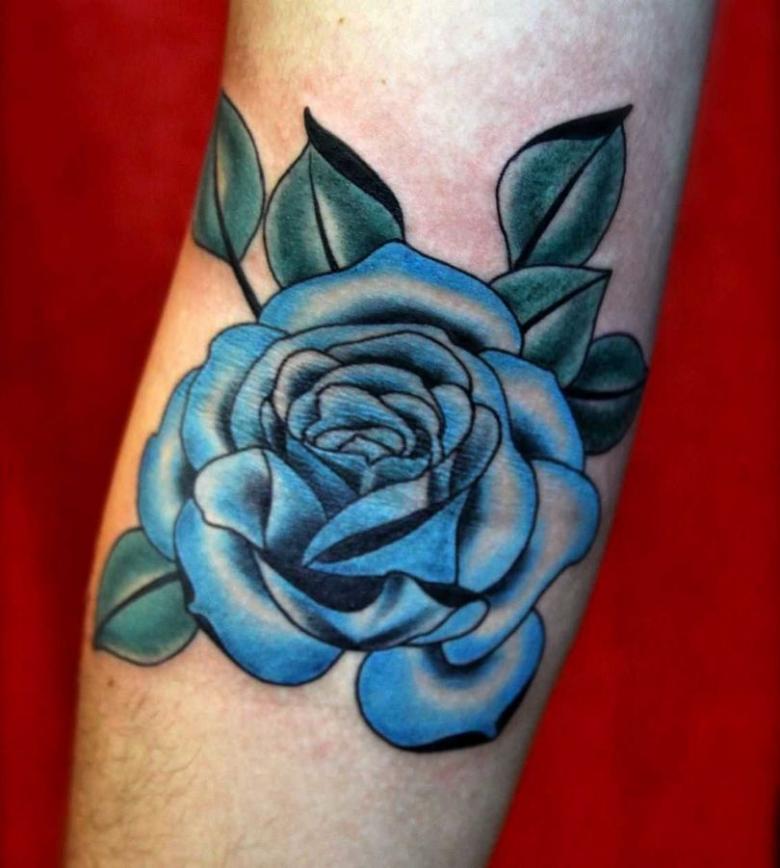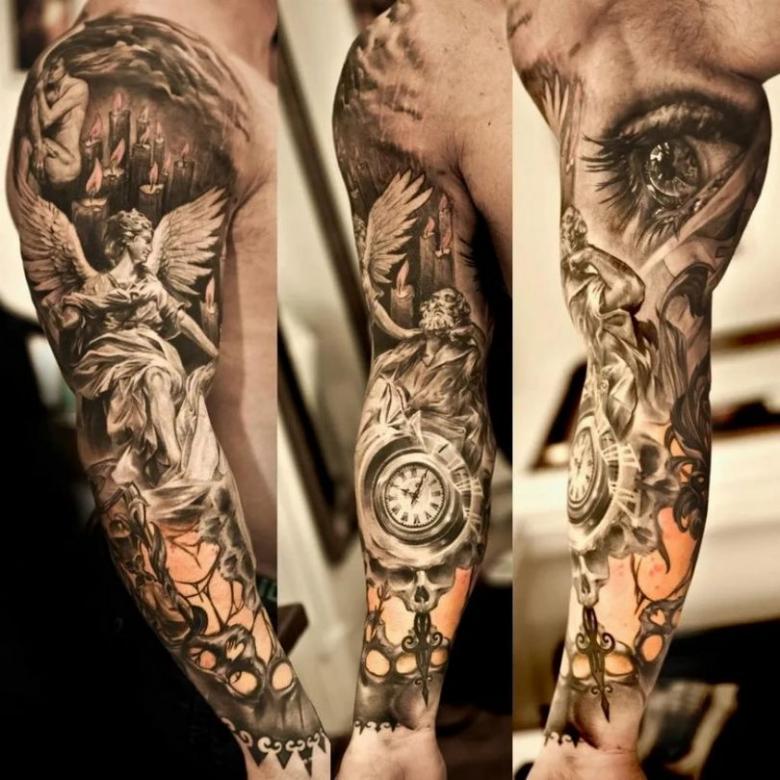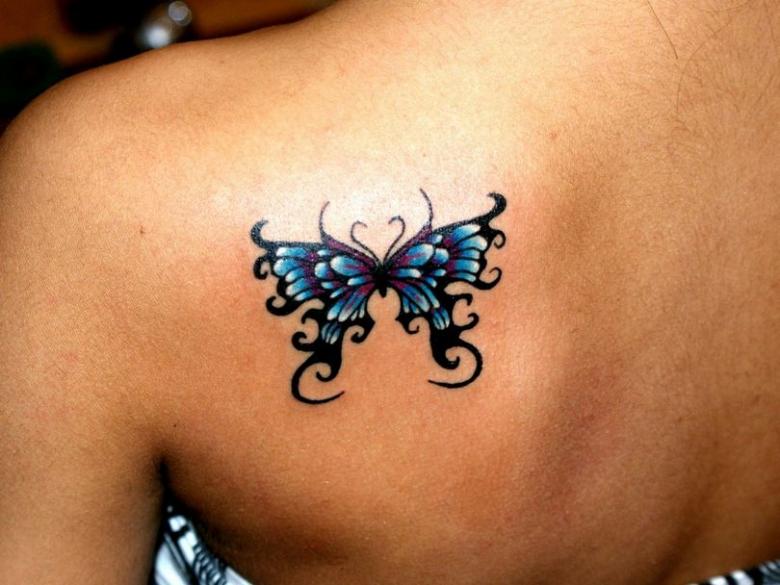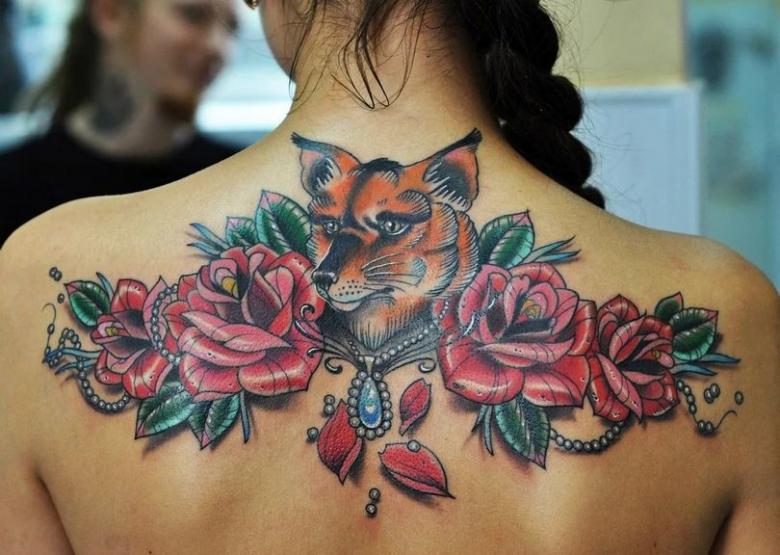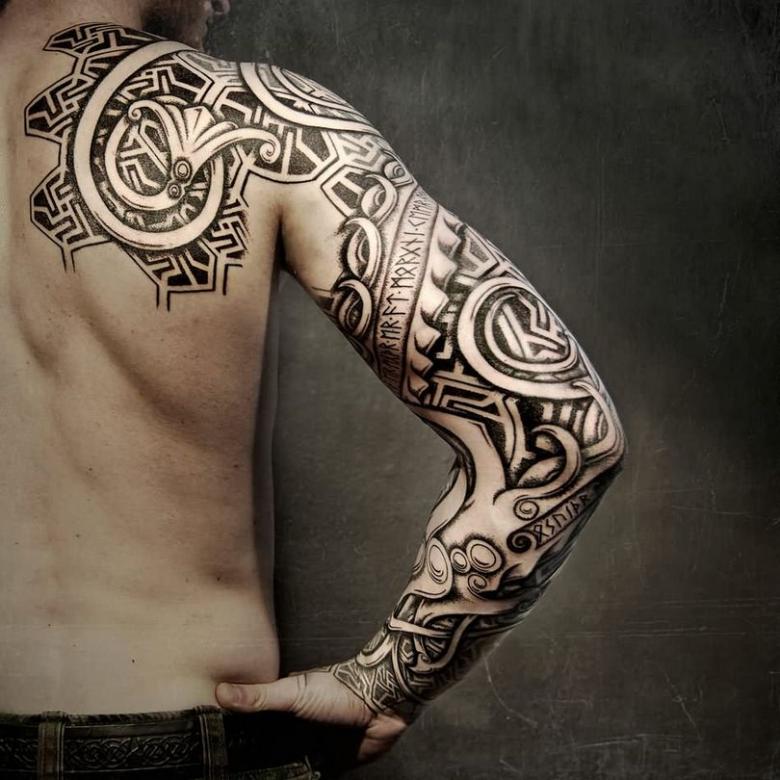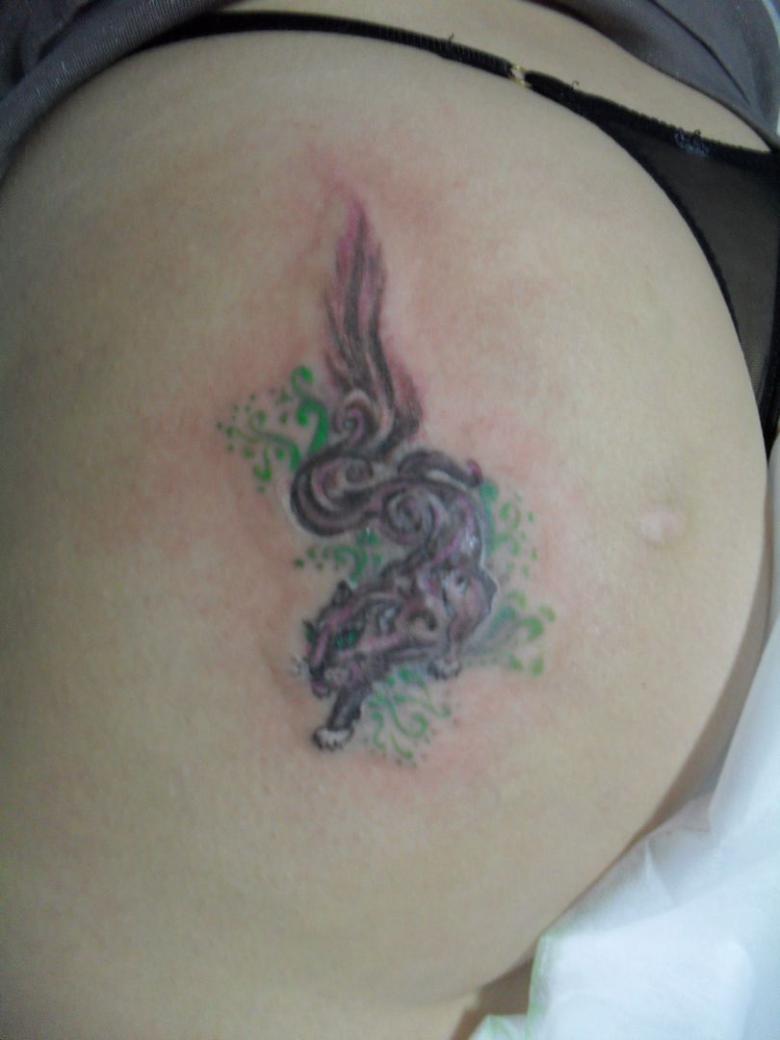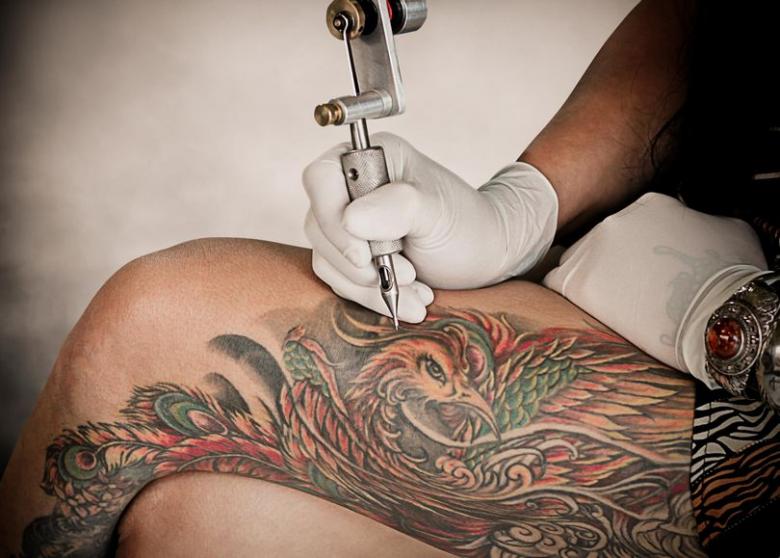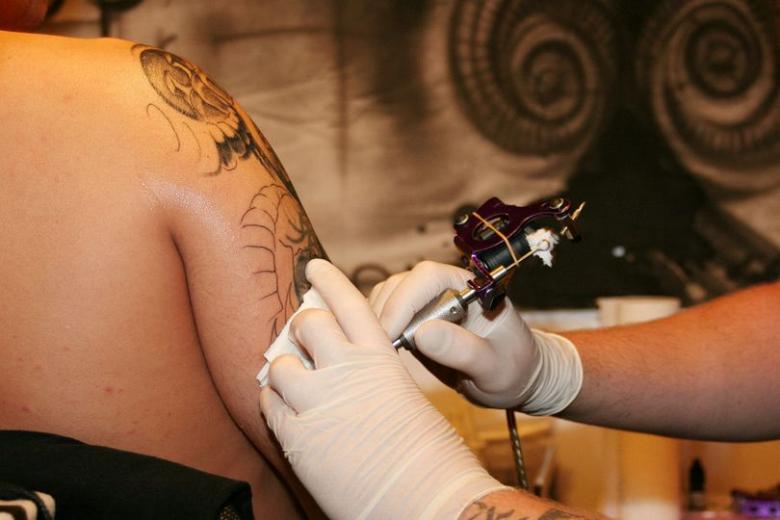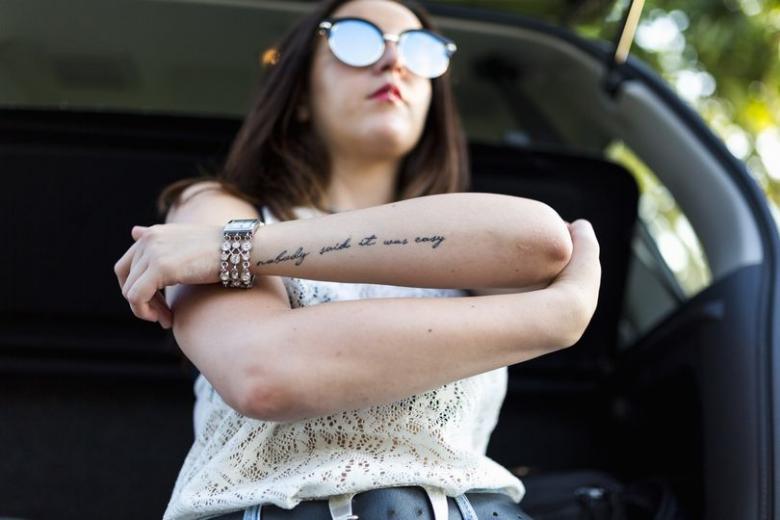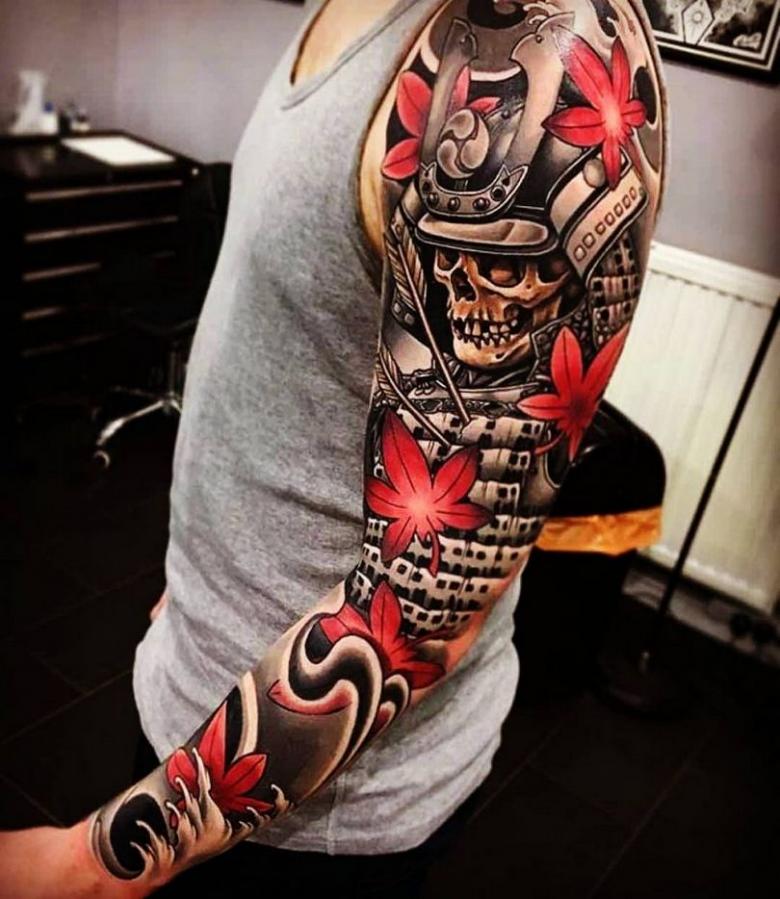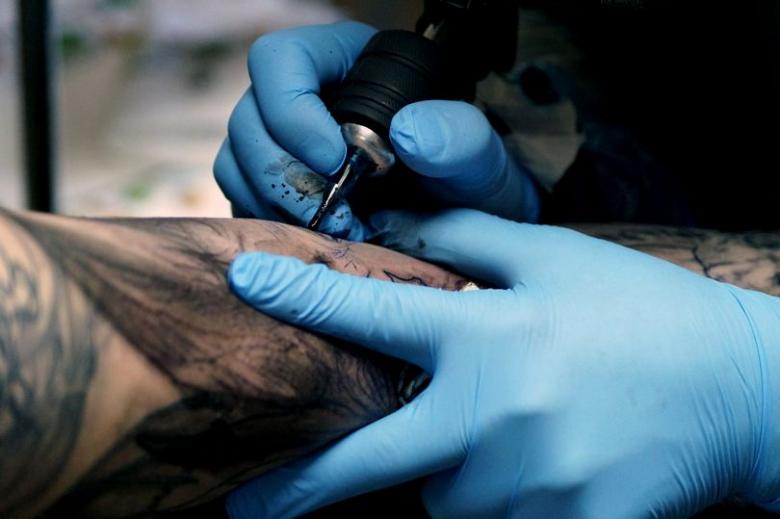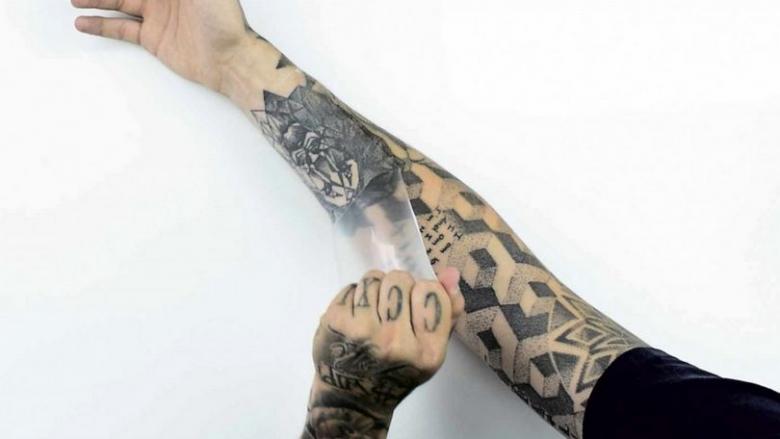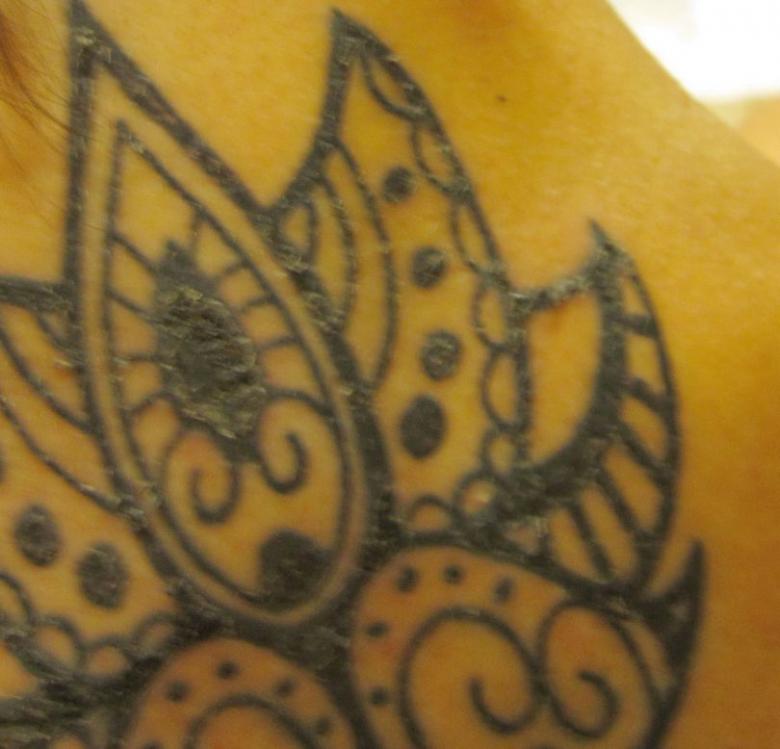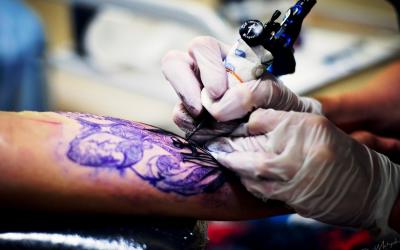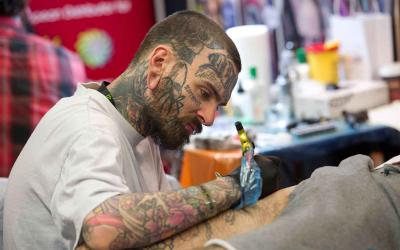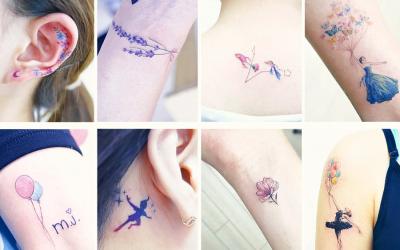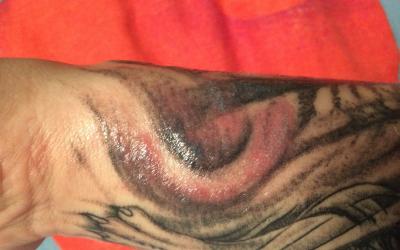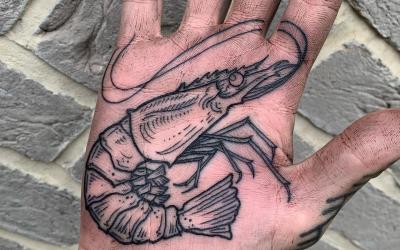The tattoo is peeling - is it normal, what will happen after the healing, what can and what should not be done?
For those, who have already made a tattoo and for those, who are planning to decorate their bodies with drawings, it will be useful to know that after image application the skin can be inflamed, itchy, tear. It is quite natural and inherent in Mother Nature itself, as a reaction to foreign objects entering the human body and fighting against them.

The body can not explain that it is not harmful bacteria, but a conscious decision of the host. The unpleasant moment must simply be experienced. Just like you experienced as a child the scraped knees, elbows, abrasions, wounds. Special care and protection for damaged skin can help overcome the healing process.
Flaking is normal.
To understand peeling and inflammation, you can try pricking your finger with an ordinary sewing needle. Such a wound heals for quite a long time. In the process of drawing the entire area of the body will be covered with thousands of wounds, turning into a large wound.

There will be no limit to the perturbation of the skin. To speed up the healing process, the brain will give the command to the intact cells to start the process of accelerated regeneration. As a result of such measures, the damaged areas will begin to be displaced by living, healthy cells. Again, you can draw an analogy with knees, when the sore finally fell off, and the soft skin underneath was found.
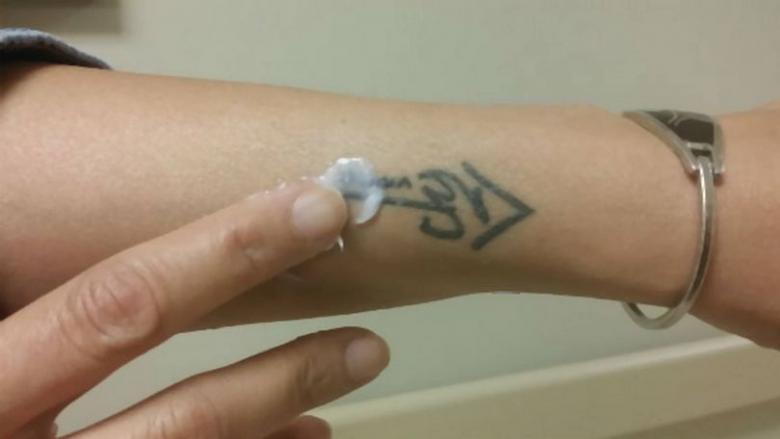
There is also the automatic replacement of skin cells, which goes on independently of the person.

Why is my skin flaky?
The skin only appears at first glance to be one and indivisible part of the body. In fact, the skin loses thousands of cells every day and they are replaced by new ones. Usually, people do not notice this feature of the skin: microscopic particles are completely colorless, and the loss itself is absolutely invisible.
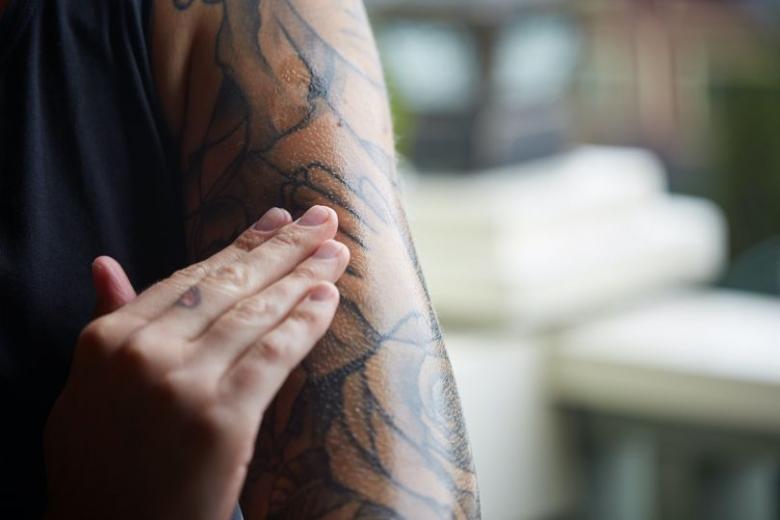
The process can be best imagined by people with dry skin, in which such a phenomenon has long been the norm. But they are not going to worry about this issue, taking timely measures.
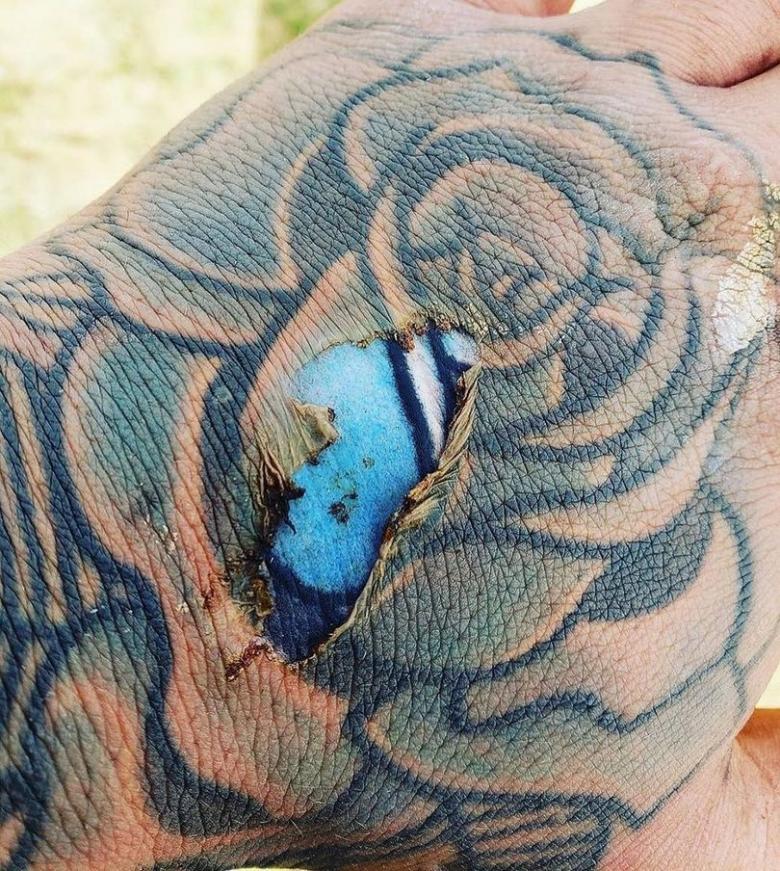
For those who are afraid that along with the skin comes the picture, you should know that the paint is applied too deep under the epidermis, by itself the tattoo will not come off. Unless, of course, there are certain actions.

When does the peeling appear?
Each person is different and so is the healing process. For some, the peeling may start in a day, and someone quite calmly passes and a week, rejoicing with a new, well-groomed tattoo.

Knowing that peeling is a normal process makes it easier to overcome the healing time. Especially since it will take about a week: this process lasts differently on different parts of the body. So if you have already had the experience of fairly rapid healing on the soft areas, you should know that the next tattoo on the wrist or elbow may take much longer to heal. By the way, a healed tattoo can become inflamed again. This is also normal and will go away faster.
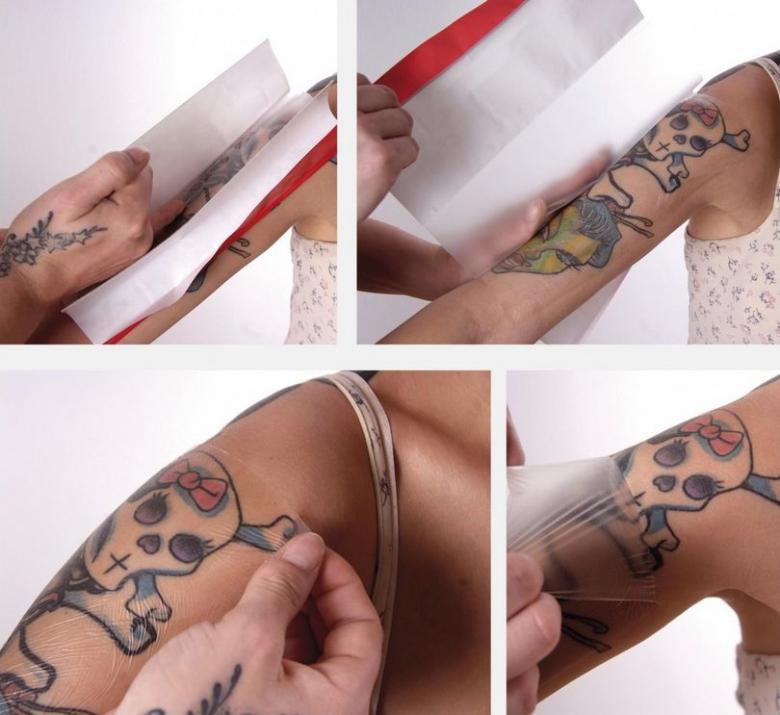
What not to do?
The first, and most important, rule: you can't "help" the body by peeling off the peeling piece. Even if it seems to be holding on only by word of honor, pulling pieces of skin is strictly forbidden. Often such fragments are held by living cells and in the process of peeling they can be damaged, opening a place of penetration to bacteria, or remove part of the paint. And this will result in a heterogeneous pattern.
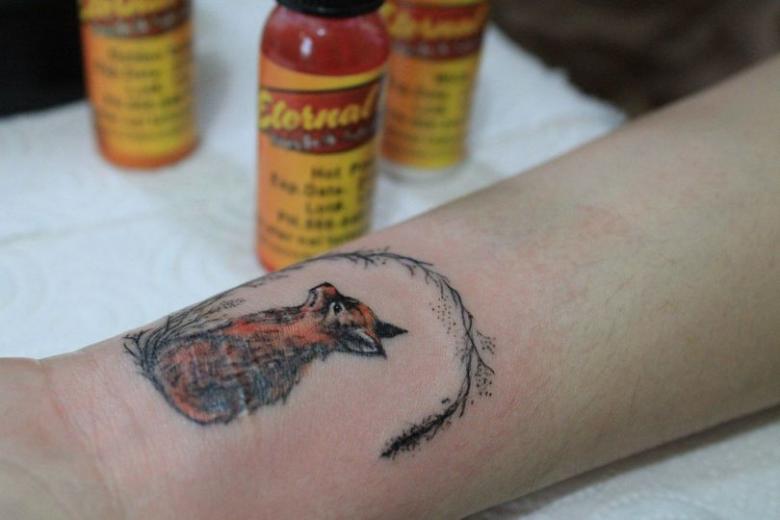
The second rule concerns the desire to scratch the itchy area. The explanation of why this should not be done is similar to the previous point: you can damage the protective cover.
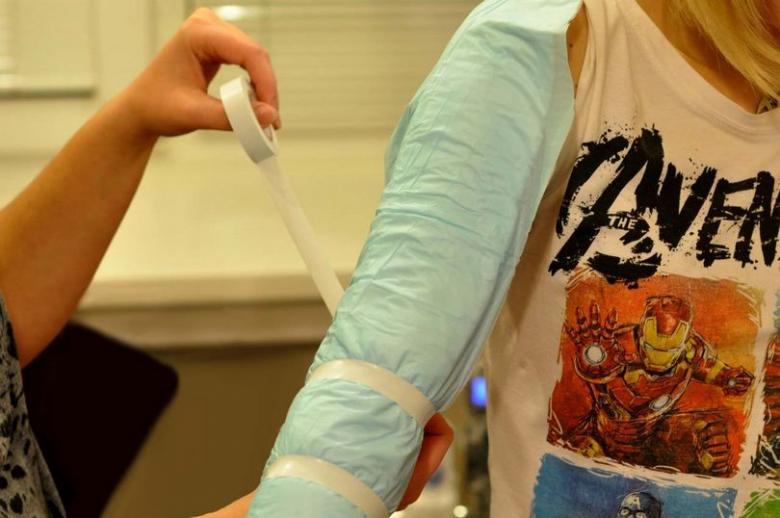
The third rule is to heal the tattoo as quickly as possible. It cannot be hidden under bandages, adhesive plasters, home-made bandages. Under the cover of tissue, the tattoo will begin to get wet and sprawl, and the skin will begin to itch even more.

You should not get carried away with baths, saunas, active sports exercises, which will lead to the appearance of sweat. A known irritant is unpleasant even for normal skin, and on damaged skin it is almost fatal.

Healing time will have to be tolerated without sunlight. And it does not matter whether the tan will be natural or artificial, obtained in a tanning bed.
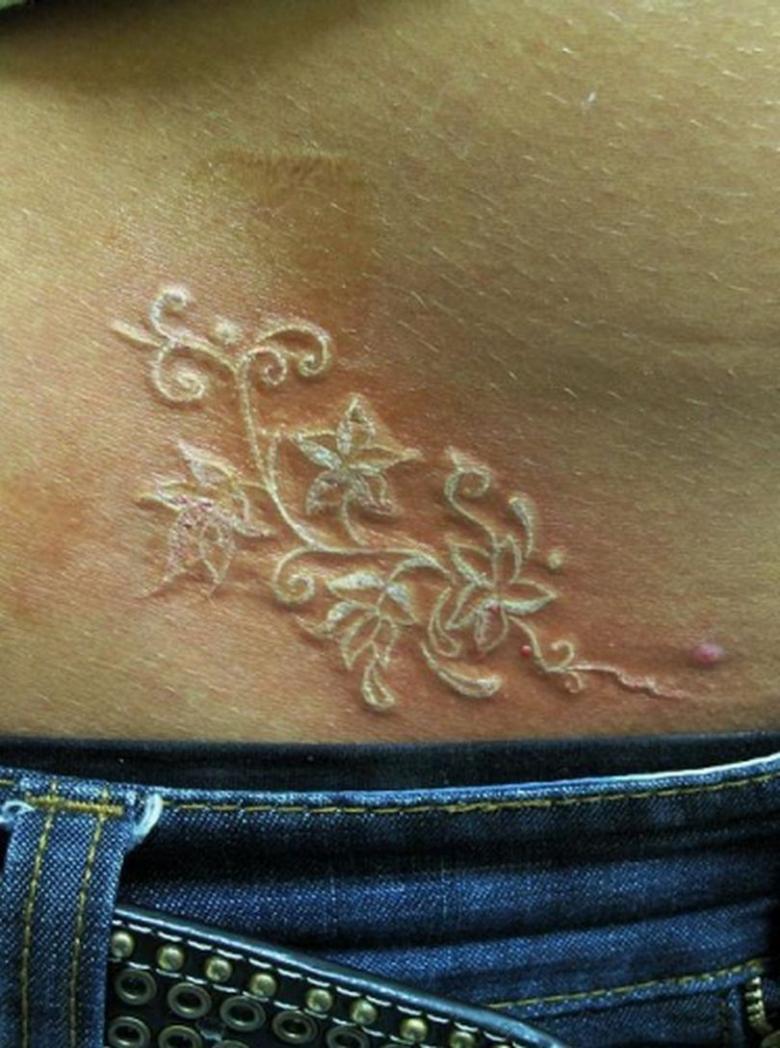
What should you do?
As in the case of dry skin, you need to start with hydration. This is the most important first step, which will advise any master. In principle, he will also give recommendations on care measures. But if the client is too busy with the image that has appeared or does not listen to advice, you can buy therapeutic moisturizing ointments or lotions at the drugstore.
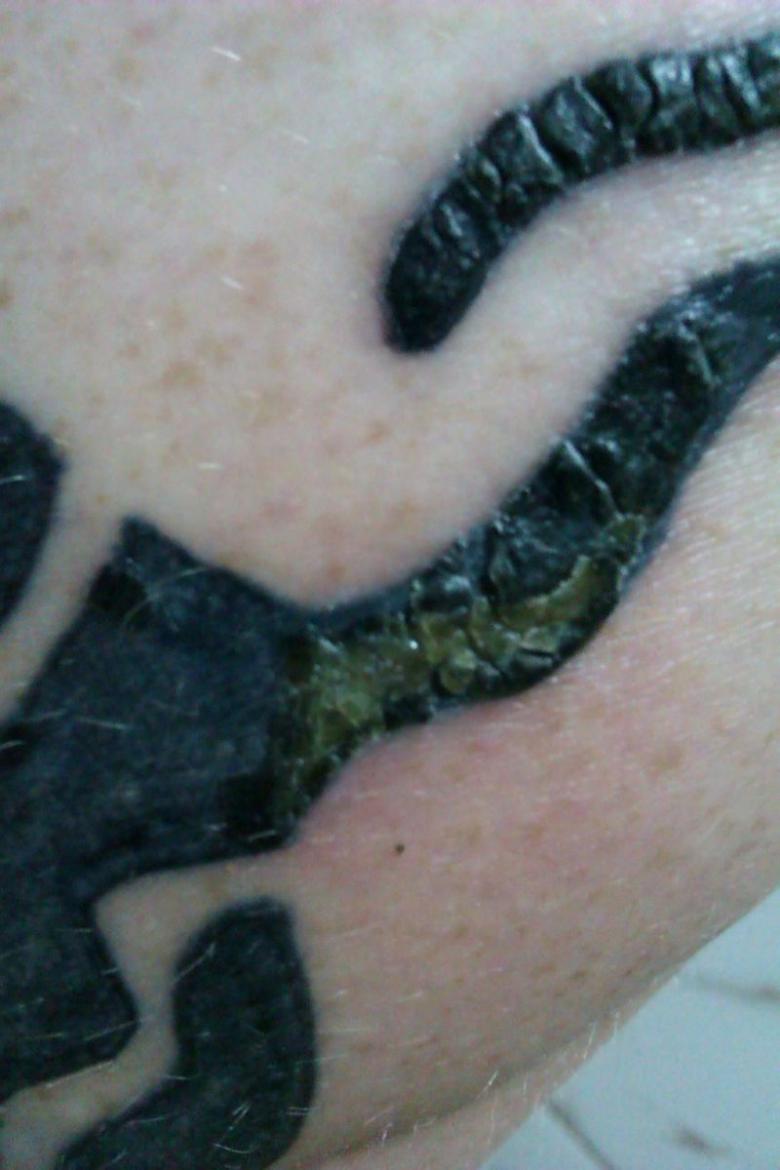
And the more beneficial substances in them, the faster the healing time will pass. They will also help to relieve the tooth and the desire to scratch the affected area. And another little recommendation: a lot of cream can not happen. But apply it often, but not much.

Excellent help in the care of the tattoo in the cleanliness. To create cozy conditions for the fastest restoration of an attractive look, you can buy a special antibacterial soap or use a regular washcloth. Similarly, it is necessary to care for the skin every day, or better to make it a double ritual, cleaning the tattoo in the morning and evening. It should be washed without sponges or washcloths.
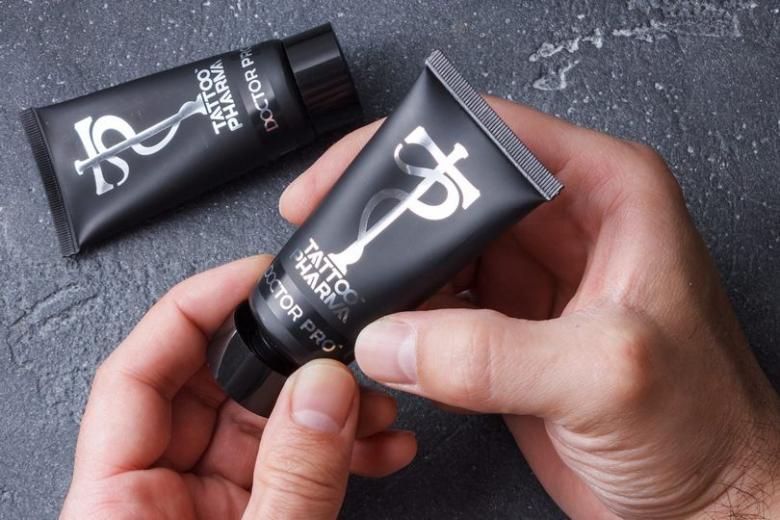
To allow the skin to breathe freely, it is recommended to wear loose clothing made of soft natural materials. Such tissues allow enough oxygen to pass through and do not traumatize the damaged area
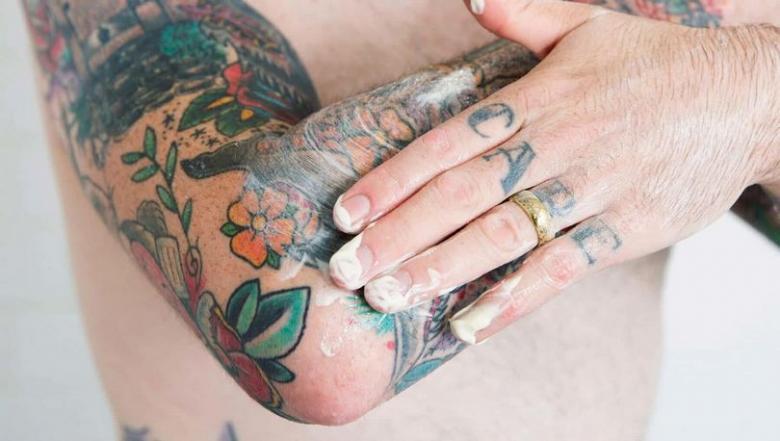
If after the peeling of the skin is over, the pattern is damaged, you can go to the master, who will make a small adjustment. But, usually, a second visit is not required.

If you follow all the recommendations, in a few days the tattoo will return to normal and show itself in all its glory. But for some people the healing may take several weeks, so do not betray dejection and consider that life is not good. You just need to keep up with your grooming routine.


